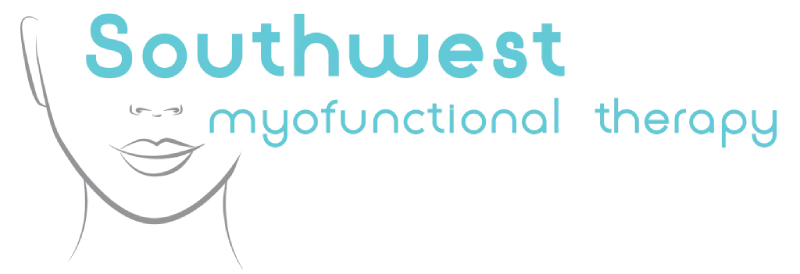Treatment of OMDs with Orofacial Myofunctional Therapy – Part 4
Posted by Sandraluz Gonzalez Jan 05, 2023

This post is the third in our four part series on treatment of OMDs with myofunctional therapy. If you haven’t read parts 1, 2, and 3 yet, I recommend you do before continuing.
Treatment of tongue tie and lip tie with myofunctional therapy
In many cases, a overgrown or misshapen frenulum either doesn’t cause a problem, or stretches out over time, allowing for normal function. However, when a lip tie or tongue tie causes functional issues, the most common treatment is surgery. Frenuloplasty is the term medical practitioners use to refer to the surgical alteration of a frenulum. Depending on the degree of alteration and who is doing it, you might also hear it called a frenectomy, frenulectomy, or frenotomy. In the myofunctional therapy community, it is oftentimes called a functional frenuloplasty. This is to emphasize the idea that the goal of the procedure is to perform the smallest possible alteration to allow for proper function, and only in cases where the frenulum interferes with function.
The role of myofunctional therapy alongside functional frenuloplasty
Myofunctional therapists don’t perform frenuloplasties – for that they will refer the patient to a dentist or oral surgeon. However, myofunctional therapy still has a lot to offer patients who undergo surgical frenulum modification. Once the frenulum has been released, the muscles in and around the surgical area will need to be strengthened and have their posture retrained. Through a series of specially designed exercises, a myofunctional therapist will guide the patient in developing normal function. This gives the patient the greatest possible functional benefit from their frenuloplasty.
Myofunctional therapy is a rapidly expanding field
Over the last decade there has been an explosion of research into and understanding of myofunctional disorders. Many patients whose OMDs went undiagnosed for years or decades at last have an option for relief of their symptoms and treatment of OMDs. There are many different types of OMDs – we’ve only covered a few of the most common here. If you think you or a loved one might have tongue thrust, TMD, sleep apnea, tongue tie, lip tie, or another OMD, give our office a call to set up an initial consultation.
Office Hours
MON - THU8:30 am - 5:00 pm
FRI - SUNBy appointments only





